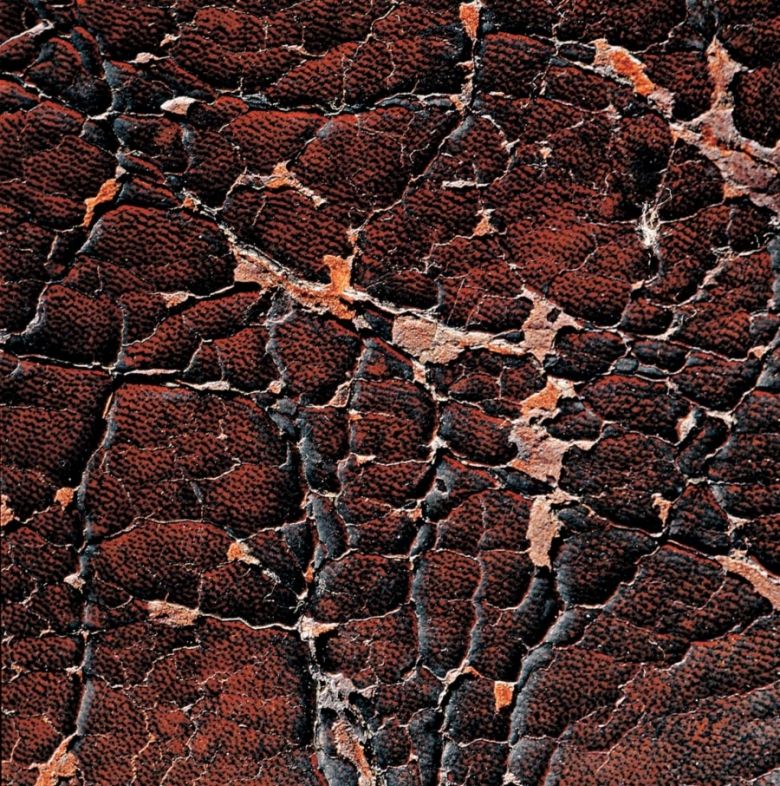How I address the questions posed for independent reflection depends of which aspect of my photographic practice I take as a principal focus (given that my project proposal has three distinct forms of image making). Over the past week I have had the opportunity to gain insight into the lifeworlds of others through their own images (at the Shed Life meeting). Interpretation of these is predicated upon the co-creation of a shared context and language. It also requires a creation of mode of communication of the outcomes that is mutually comprehensible, and accessible to an audience. These kinds of images do not speak for themselves, but rather give us insight into a lifeworld, to be mediated by not just images but also different levels of accounts, from different perspectives. In this context, the image acts as something to talk about. The image being held by one of the group members below shows (according to him) his wife, who died in 2014, and himself at home at Christmas. Irrespective of what it might be taken to represent or authenticate, or how if might be read semiotically by another viewer, in this context it acts as an artifact, with strong emotional charge, to talk about and stimulate dialogue.

The images produced for the second level of the project (co-created images for campaigning) are read in very different contexts (public rather than intimate, for instance) and provoke a very different type of interaction. Likewise, my own personal image making is read in very different contexts (including the pedagogic context of a higher degree programme), with very different forms of dialogue about and interpretation of the images.
One major development this week is advancement of my thinking about photographic images as artifacts, provoked by visiting the UCL museums, collections and galleries with students, and thinking about ways of writing about images (including fictional accounts and imaginings of the ‘life-course’ or trajectories of the objects: I’m reminded of Tim Hunkin’s ‘Secret Life of …’ series, and Cornelia Parker’s work focusing on Freud’s chair, and Peter Stallybrass’s (1998) piece ‘Marx’s Coat’).

Cornelia Parker, Marks made by Freud, Subconsciously (macrophotograph of the seat of Freud’s chair), 2000
The lecture by Helen Chatterjee on the ‘Psycho-social significance of objects’, and the accompanying paper (Solway et al, 2017) which surveys research into the different ways objects have been used in interventions relating to, for instance, physical well-being, mental health and homelessness, has given me a range of ways of thinking about the use of images as artifacts (as well as images of artifacts). I’ll explore this over coming weeks. It also relates to my deeper engagement with the work of Cornelia Parker. As she notes in her interview at the Bethlem Museum of the Mind, her own work pays particular attention to the qualities of the materials and objects with which she works, noting that Marcel Duchamp ‘annexed objects in order to convey meaning’.
The focus of the relationship between people and objects, and the use of images as objects, enables me to relate my photographic practice both to other areas of artistic practice and to discourse and practice in other disciplines, in the humanities, natural sciences and social sciences, and in particular areas that, in recent years, have taken a ‘material turn’.
References
Parker, C. 2018. Objects of Obsession. Interview at Bethel Museum of the Mind, London. Video available at https://museumofthemind.org.uk/objects-of-obsession [accessed 08.02.19].
Solway, R. et al. 2017. ‘Material objects and psychological theory : A conceptual literature review’, Arts & Health, 8(1):82–101.
Stallybrass, P. 1998. ‘Marx’s Coat’. In P. Spyer (ed.) Border fetishisms: material objects in unstable spaces. New York: Routledge, 187–207.
